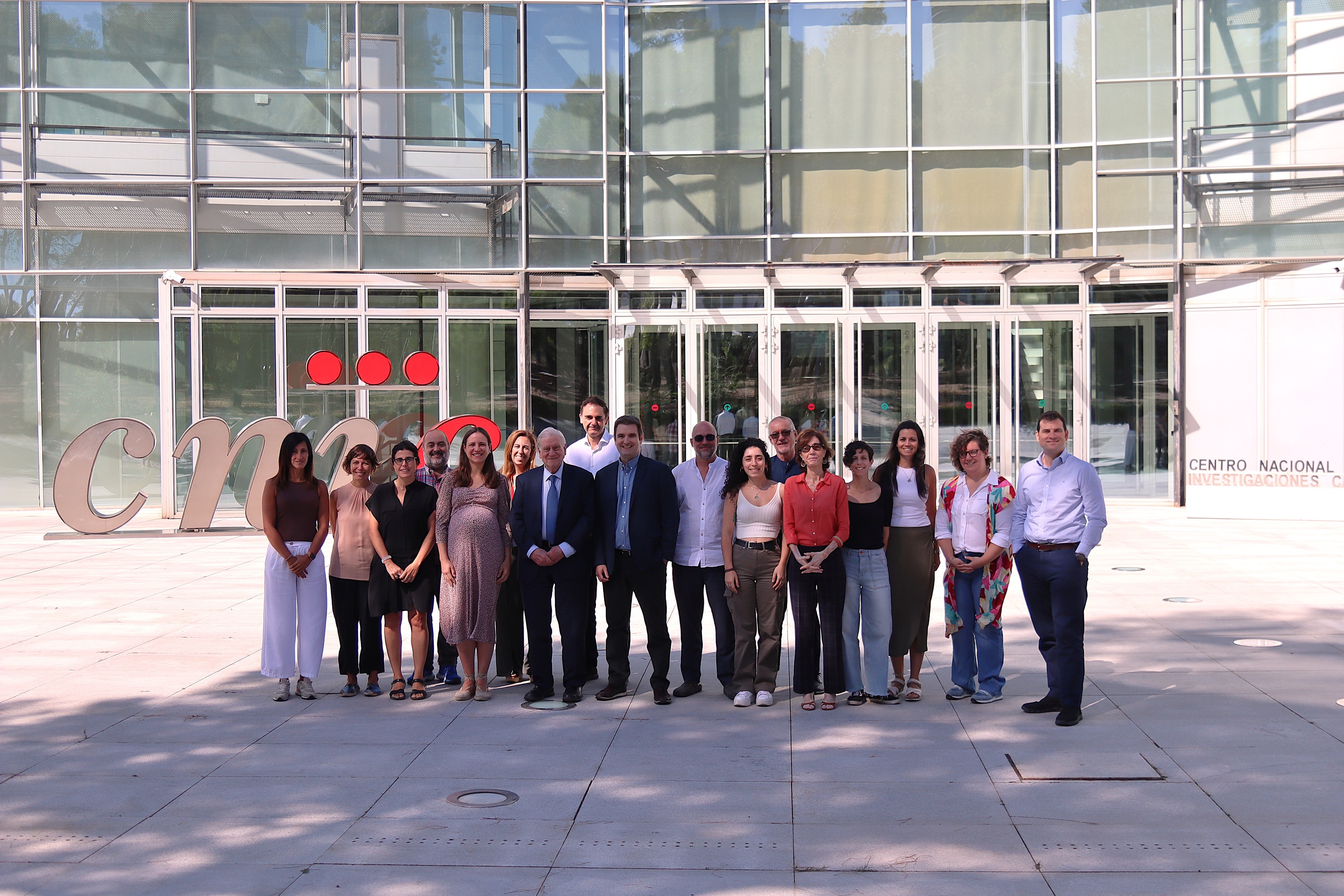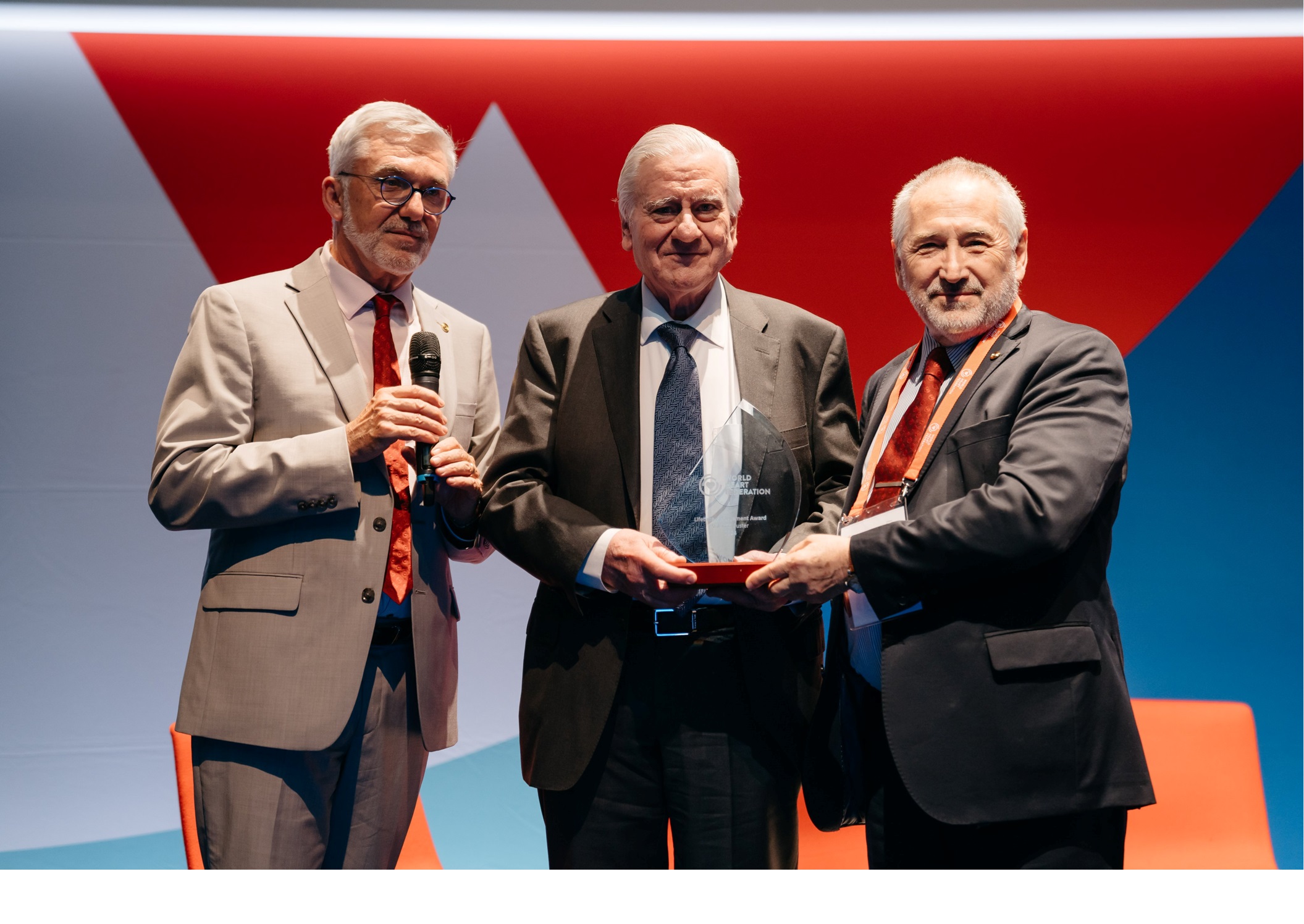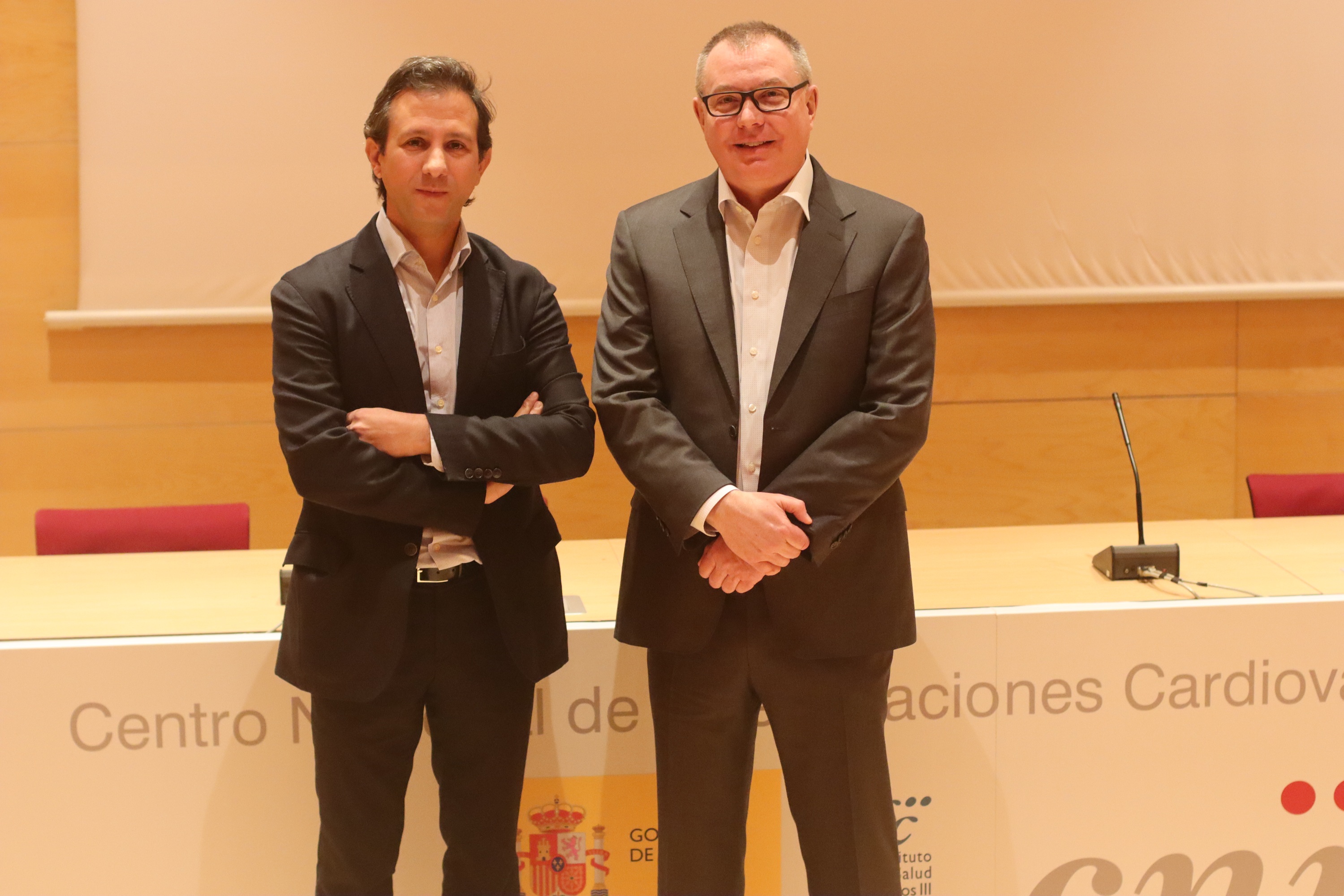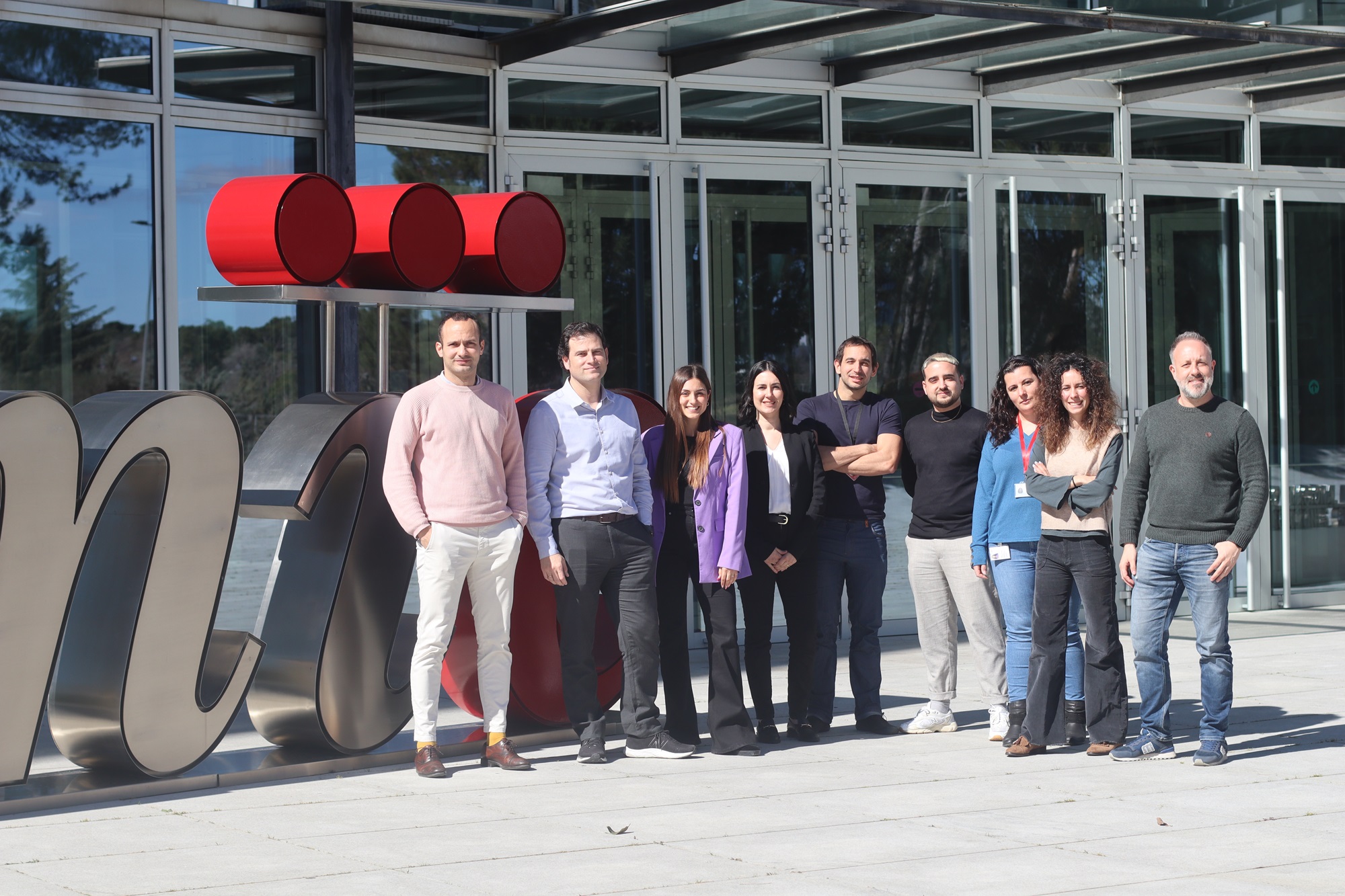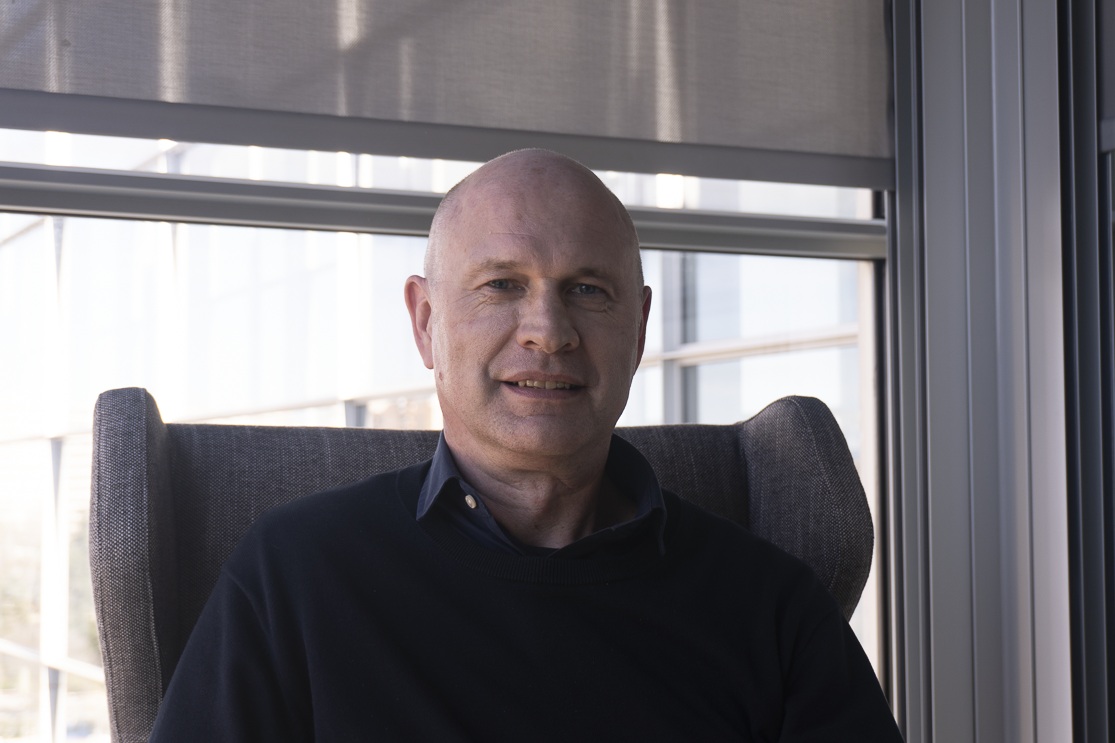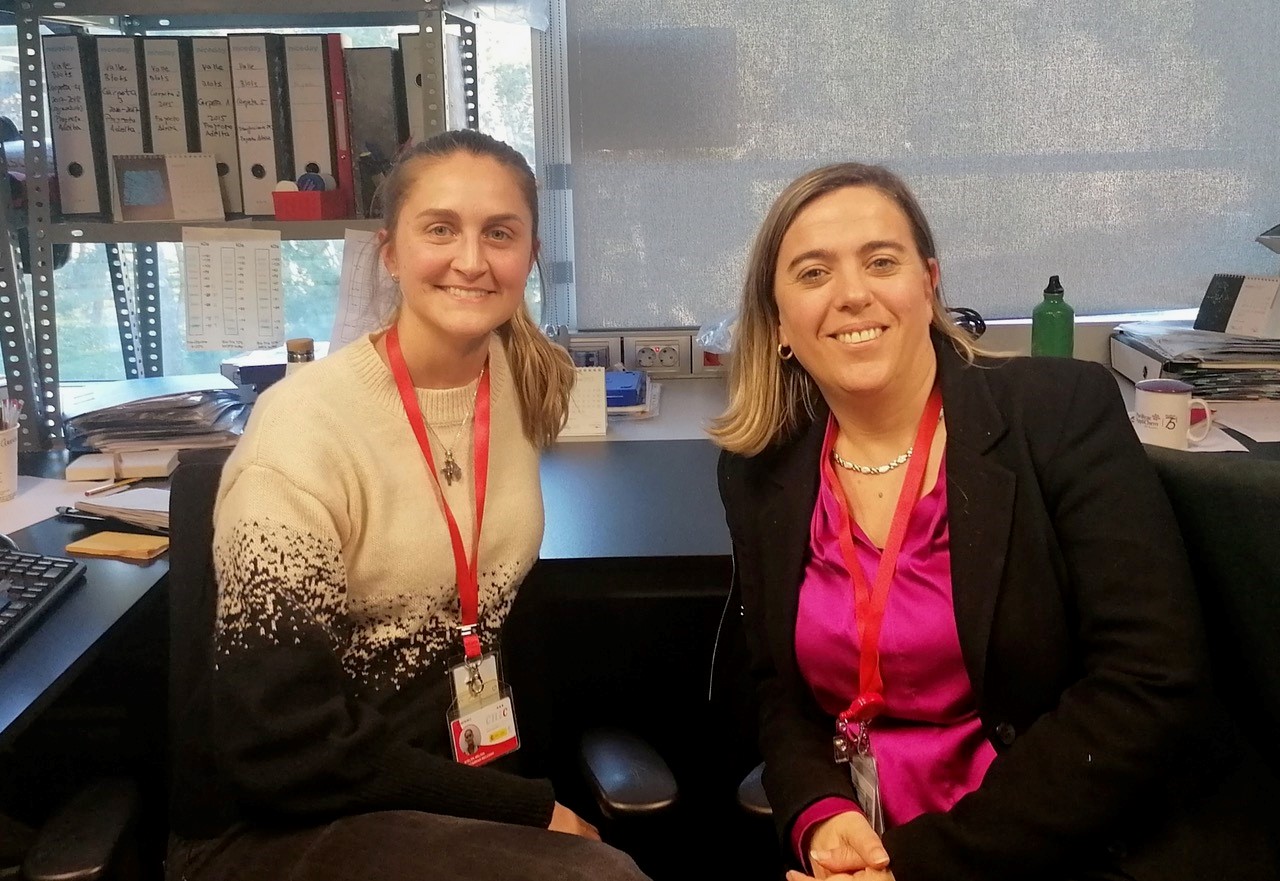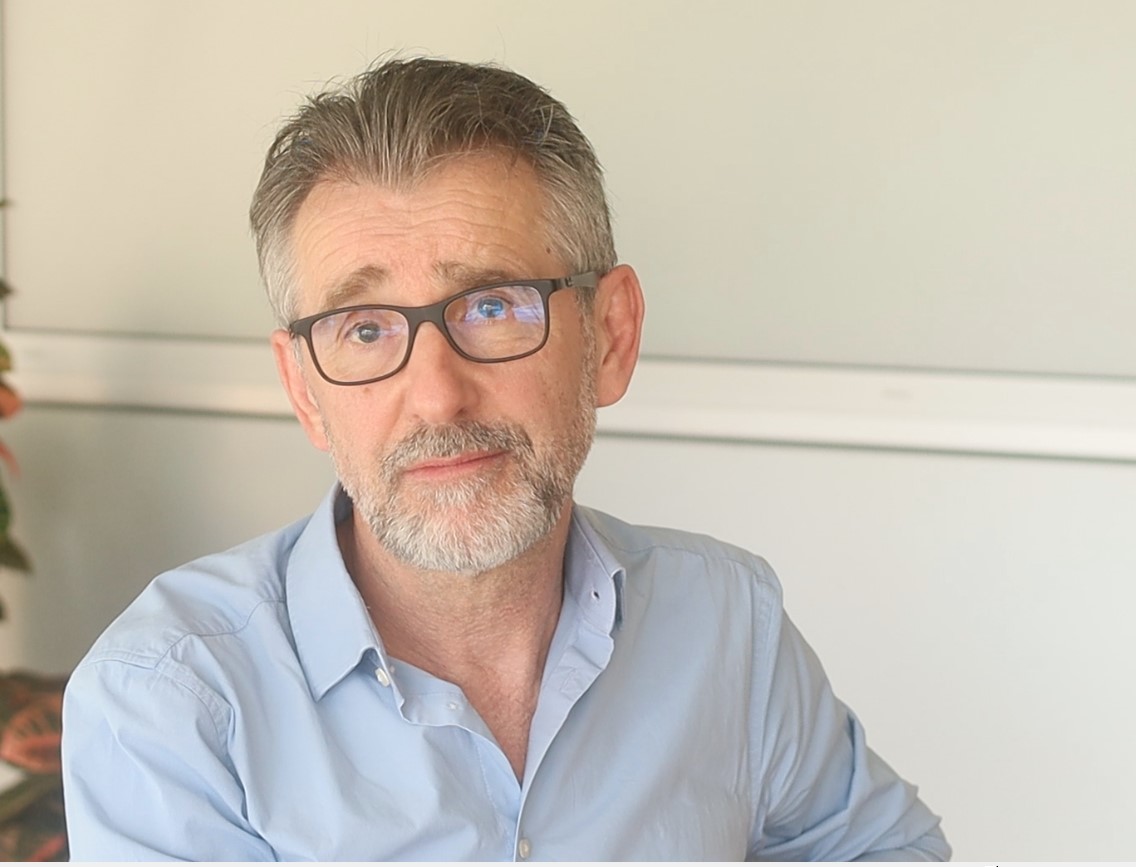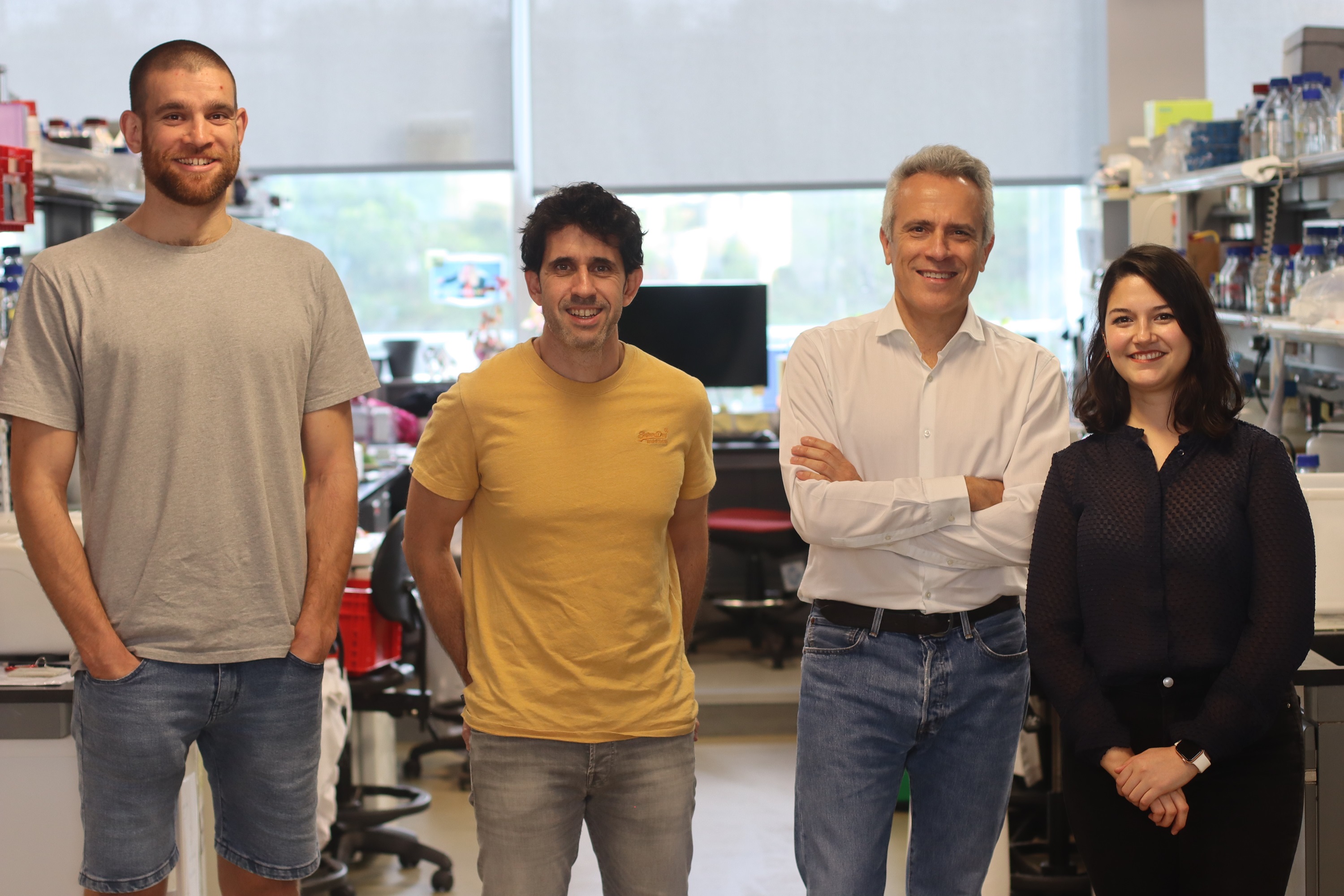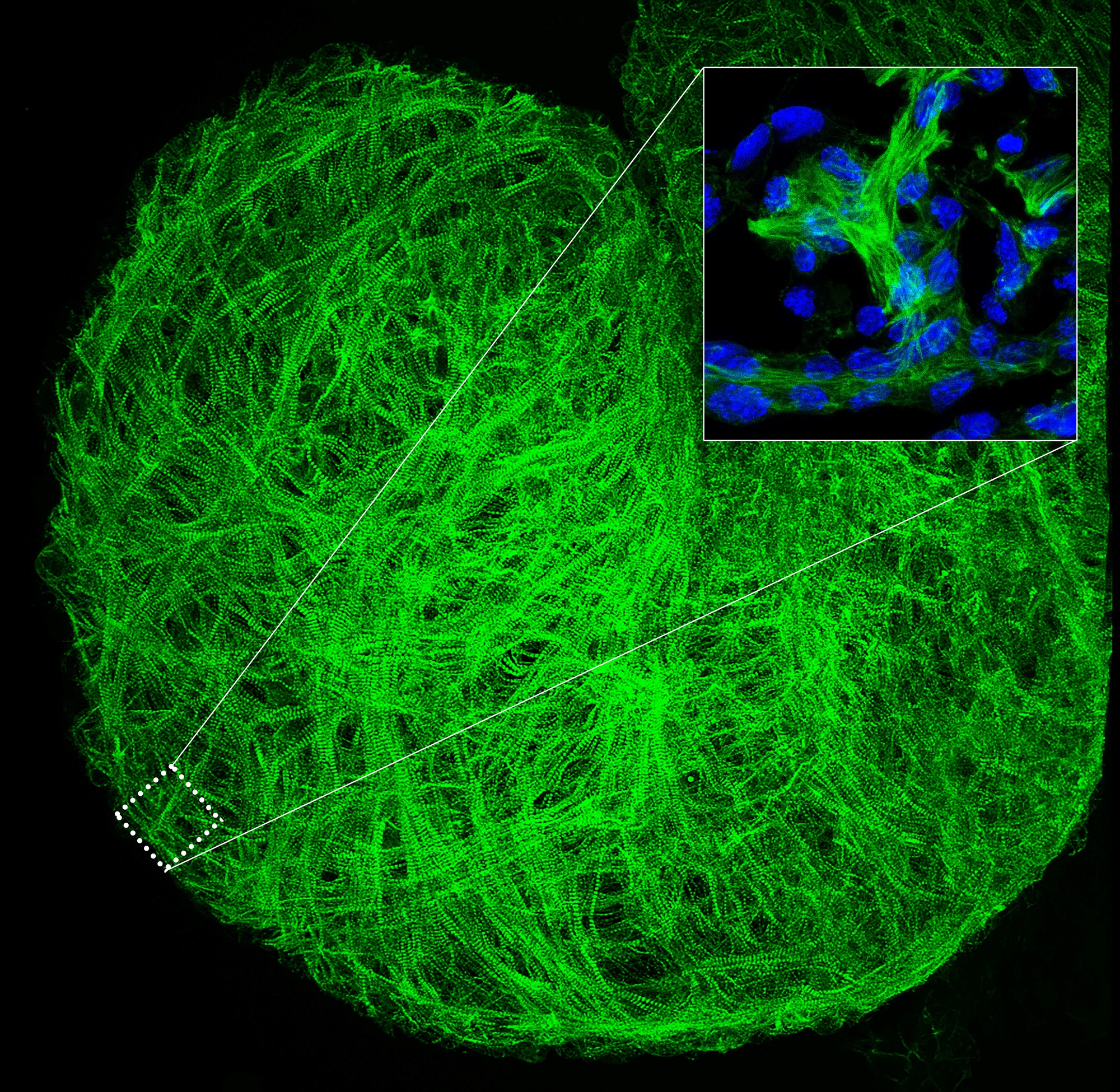News search
|
Research 30 Aug 2024 Two studies carried out at the CNIC provide key information about a newly identified cardiovascular risk factor, clonal hematopoiesis, and its treatment with the ancient medication colchicine |
|
Research 4 Jun 2024 Stroke Branch Chief at the National Institute of Neurological Disorders and Stroke (NINDS) |
|
About the CNIC 27 May 2024 |
|
Research 16 Apr 2024 The study, published in the journal JACC: CardioOncology, identifies mitochondrial function and heart metabolism as targets for possible treatments to protect against anthracycline-induced cardiotoxicity |
|
Research 19 Jan 2024 A team led by scientists from the CNIC and CNIO has identified a potential therapeutic target that protects the heart in patients with pulmonary hypertension |
|
Research 21 Dec 2023 Johns Hopkins UniversityBloomberg School of Public HealthBaltimore |
|
Research 11 Dec 2023 The findings, published in the journal Circulation Research, not only highlight the gene regulatory mechanisms that control valve formation, but also offer clues for future medical advances |
|
Research 10 Nov 2023 Neuregulin-1 (Nrg1) plays an essential role in the transformation of the heart from its delicate primordial structure into the powerful beating mature organ |
- ‹ previous
- 3 of 9
- next ›
